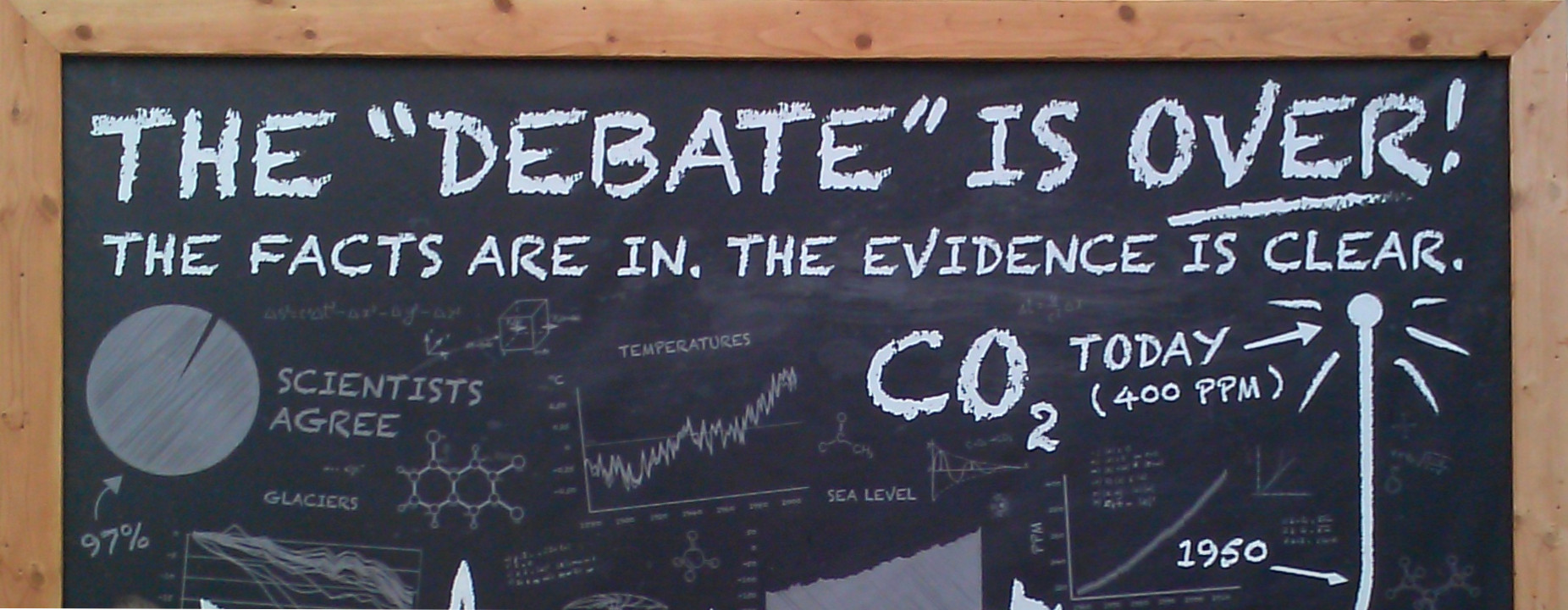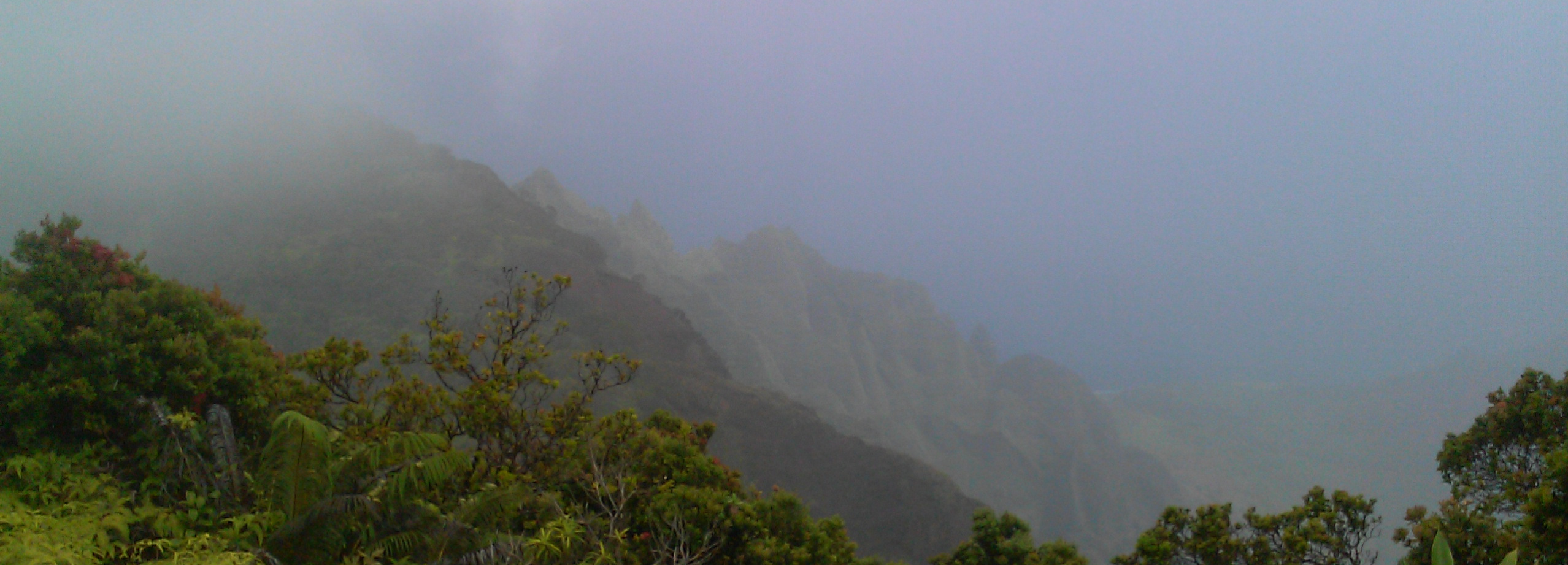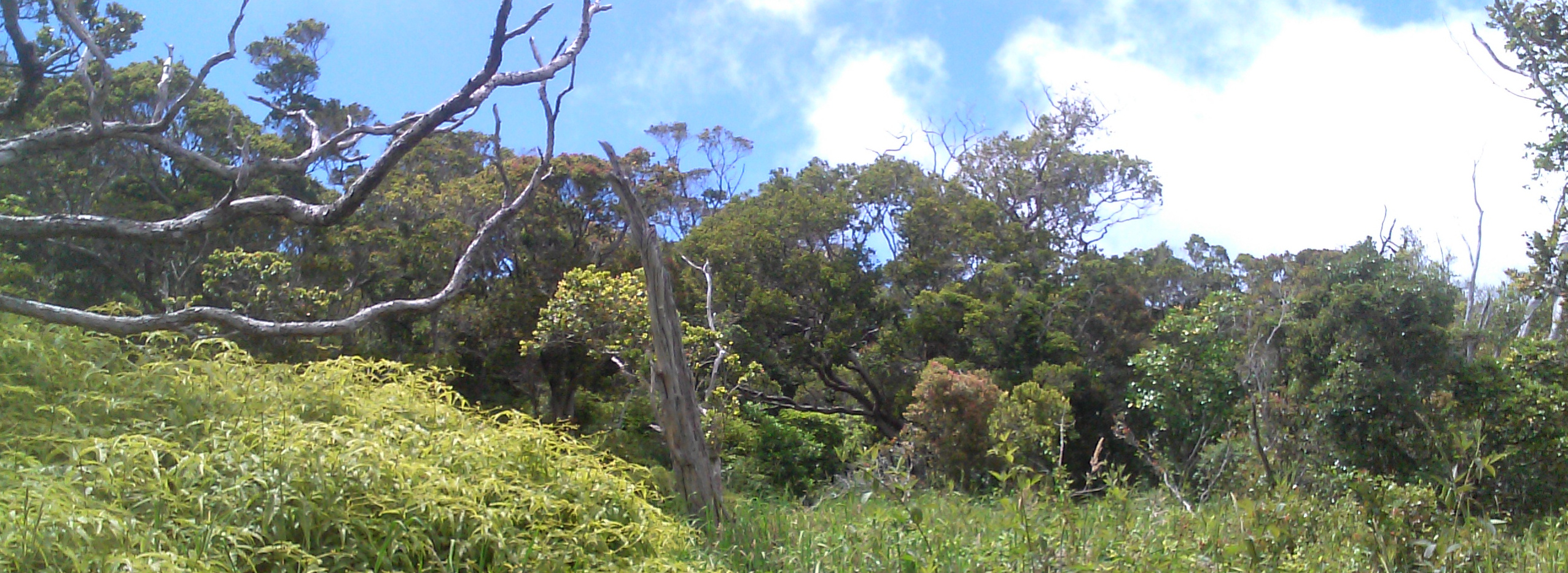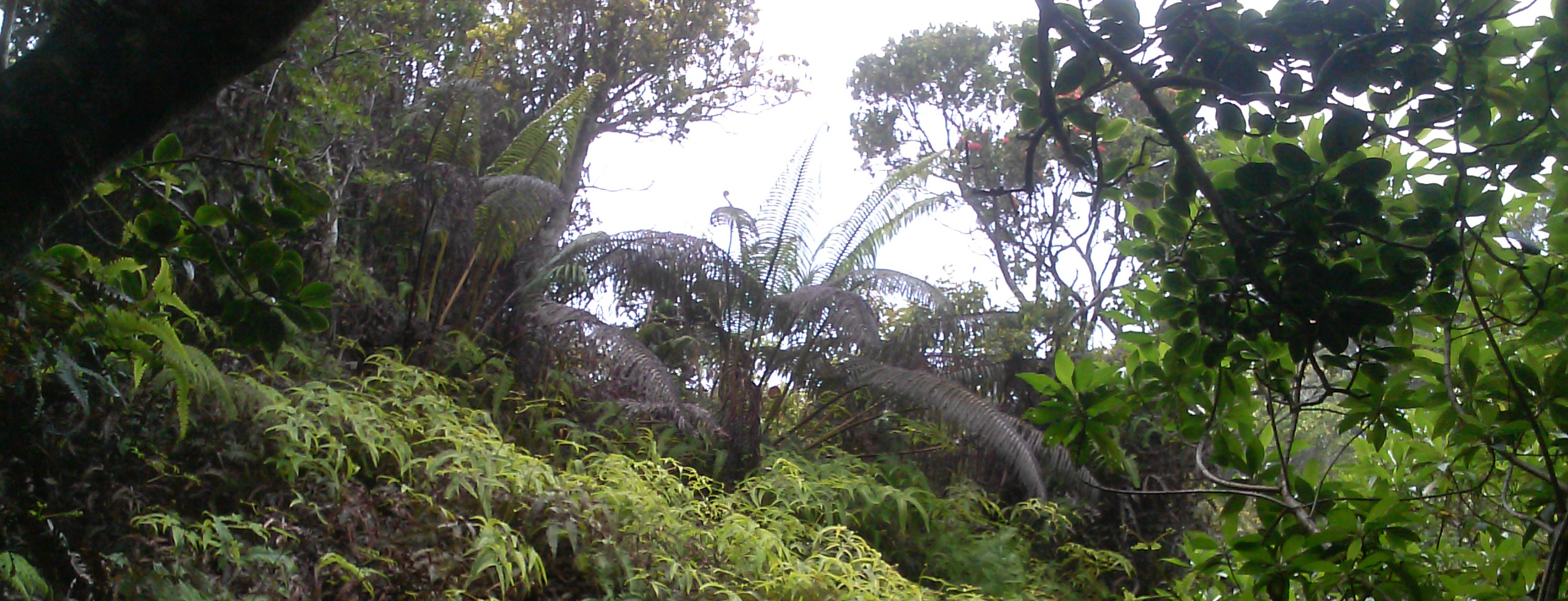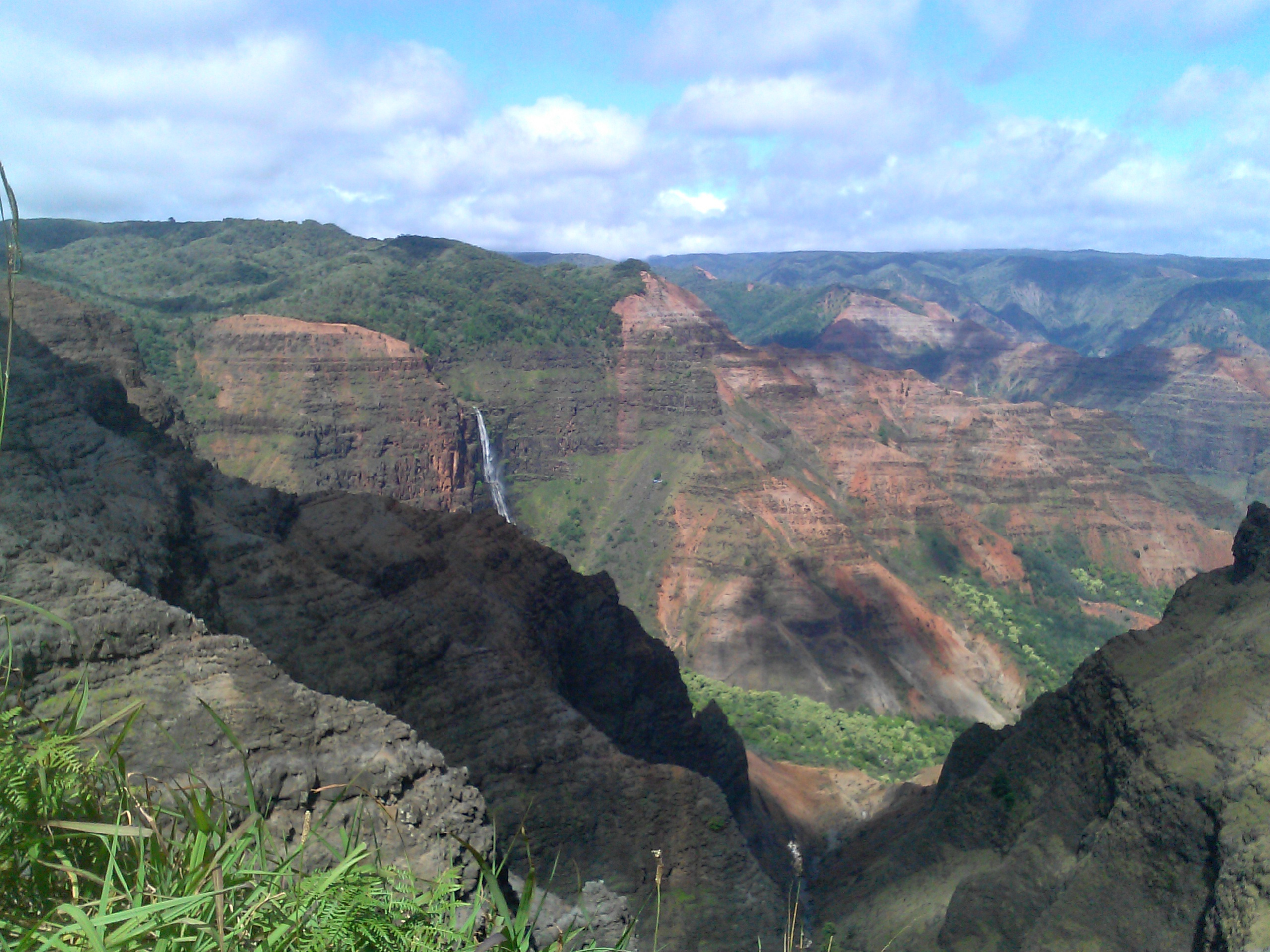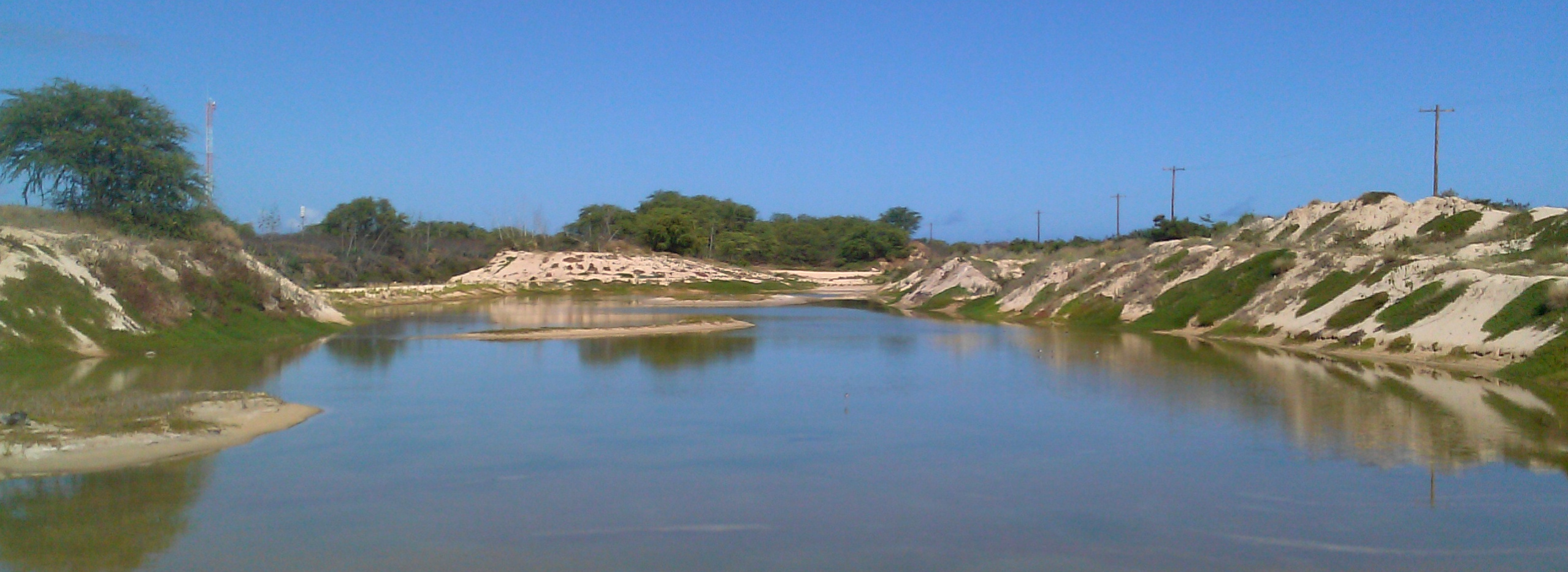Quotes from the past are just as good in our times:
If you want to know who controls you, look at who you are not allowed to criticize.
Research news
SEDGES: a new simple dynamic vegetation model
SEDGES is a new model that is based on the original SIMulator for Biospheric Aspects (SimBA) model (Kleidon,2006b), which is coupled to the Planet Simulator (PlaSim) general circulation model (GCM) (Lunkeit et al., 2007). The assiduous research of Pablo Paiewonsky, in which he was sifting through the literature and studying numerous parameterizations used in other vegetation models, paid off in the end. In many aspects this simple vegetation model has greatly improved compared with the predecessor model. A complete description of the model parameterization can be found in the GMD article. A Githup project contains the model code. Please see the link below for more details on the model code.
Climate variability and West Nile Virus in the Northeast US
West Nile Virus (WNV) is a mosquito-borne disease that can be transmitted to humans by female mosquitos feeding on blood. Between 1999 and 2013, more than 39,000 human infection cases were reported according to the recent US government report. It is widely accepted that temperatures and rainfall affect the abundance of infected mosquitos. As part of efforts to better understand what environmental factors increase or decrease human health risk in the Northeast US, we analyze the spatial and temporal variations of WNV infections in mosquitos. The work harnesses the mosquito trap records from New York and Connecticut dating back to 2000 and high-resolution climate data sets. For this study DAES and Wadsworth Center teamed up and work with members of the Northeast Regional Center for Excellence in Vector-Borne Diseases NEVBD.




